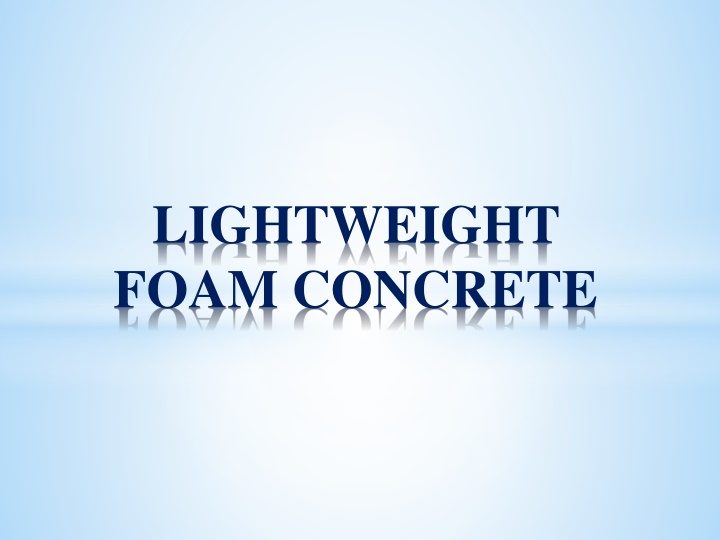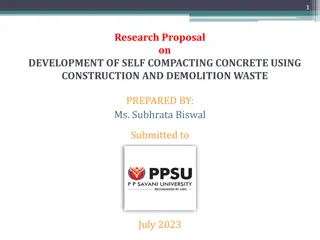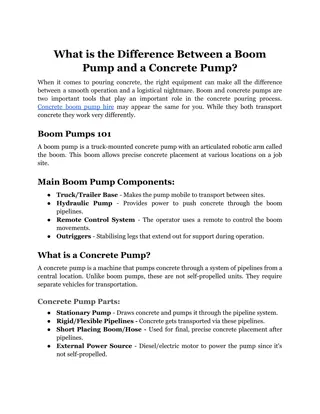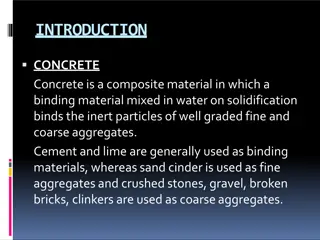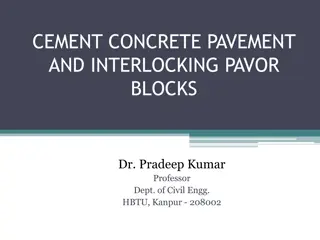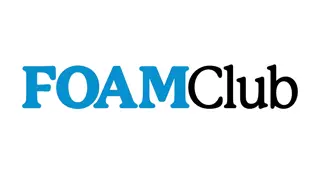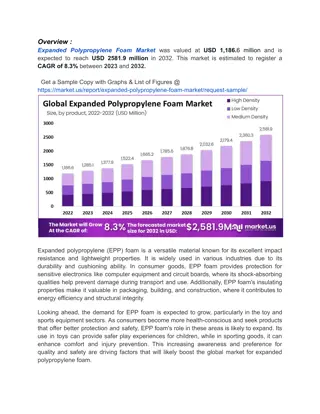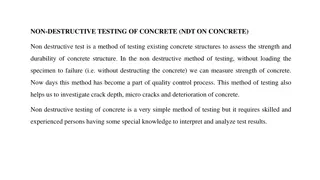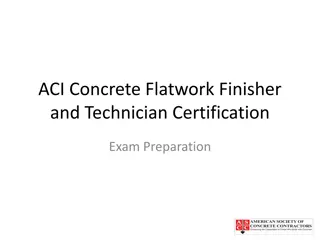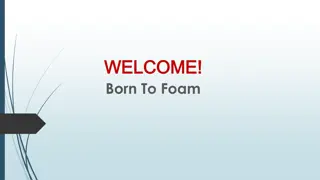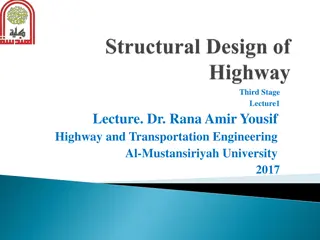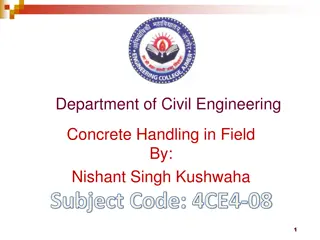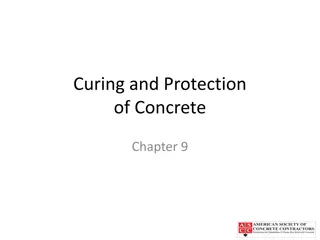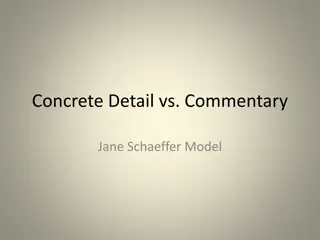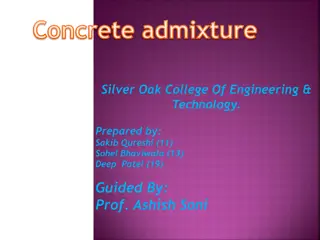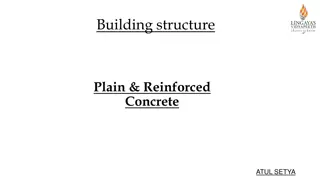Lightweight Foam Concrete: Properties and Applications
Lightweight Foam Concrete (LFC) is a versatile building material with densities ranging from 400 to 1600 kg/m3. This material offers favorable characteristics such as lightweight, durability, and cost-effectiveness. The study focuses on quantifying thermal properties, developing thermal models, and characterizing mechanical properties of LFC to assess its potential in construction applications. Several real-world examples showcase the use of LFC in various construction projects globally.
Download Presentation

Please find below an Image/Link to download the presentation.
The content on the website is provided AS IS for your information and personal use only. It may not be sold, licensed, or shared on other websites without obtaining consent from the author.If you encounter any issues during the download, it is possible that the publisher has removed the file from their server.
You are allowed to download the files provided on this website for personal or commercial use, subject to the condition that they are used lawfully. All files are the property of their respective owners.
The content on the website is provided AS IS for your information and personal use only. It may not be sold, licensed, or shared on other websites without obtaining consent from the author.
E N D
Presentation Transcript
LIGHTWEIGHT FOAM CONCRETE
PROJECT MEMBERS ANVER SHERIF.A KARTHIKEYAN.S PRAVEEN PRASATH.S PROJECT GUIDE Lecturer C.MURUGANANDHAM,M.E..,
ABSTRACT LFC is cementatious material integrated with mechanically entrained foam in the mortar slurry which can produce a variety of densities ranging from 400 to 1600 kg/m3. The application of LFC has been primarily as a filler material in construction works. In order to develop thermal property model, LFC is treated as a porous material and the effects of radiant heat transfer within the pores are included. Extensive compression and bending tests at elevated temperatures were performed for LFC densities of 650 and 1000 kg/m3 to obtain the mechanical properties of unstressed LFC.
INTRODUCTION In recent years, the construction industry has shown significant interest in the use of lightweight foamed concrete (LFC) as a building material due to its many favourable characteristics such as lighter weight, easy to fabricate, durable and cost effective. With a proper control in dosage of foam and methods of production, a wide range of densities (400 1600 kg/m3) of LFC can be produced thus providing flexibility for application such as structural elements, partition, insulating materials and filling grades. Finally, a feasibility study will be executed to assess the applicability and limits of this LFC based system in building construction in terms of its fire resistance and structural performance.
Figure 1.1 LFC blocks being used in a housing project in Malaysia.
Figure 1.2 Large scale LFC infilling of an old mine in Combe Down, United Kingdom.
Figure 1.4 LFC being employed in a high rise building floor screed in Penang, Malaysia.
OBJECTIVES AND SIGNIFICANCE OF LIGHTWEIGHT FOAM CONCRETE The main objectives of this study are: To experimentally study and quantify the thermal properties of LFC at high temperatures so as to obtain material property data for prediction of fire resistance of LFC based systems through transient heating tests. To develop and validate proposed thermal property models for LFC. To experimentally examine and characterize the mechanical properties of LFC at ambient and elevated temperatures. To assess and propose mechanical properties prediction equations of LFC, based on comparison of the experimental results with existing models for normal weight concrete.
APPLICATIONS OF LFC WITH DIFFERENT DENSITIES Density (kg/m3) Applications 300 600 Used for roof and floor insulation against heat and sound and also for interspaces filling between brickwork leaves in underground walls, insulation in hollow blocks and any other filling situation where high insulating properties are required. 600 900 Used for the production of precast blocks and panels for curtain and partition walls, slabs for false ceilings, thermal insulation and soundproofing screeds in multi-level residential buildings. LFC of this density range is also ideal for bulk fill application.
APPLICATIONS OF LFC WITH DIFFERENT DENSITIES Density (kg/m3) Applications 900 1200 Used in concrete blocks and panels for outer leaves of buildings, architectural ornamentation as well as partition walls, concrete slabs for roofing and floor screeds. 1200 1800 Used in precast panels of any dimension for commercial and industrial use, garden ornaments and other uses where structural concrete of light weight is an advantage.
SURFACTANTS (foaming agent) Generally two types of surfactants can be used to produce foam: protein and synthetic based surfactants. Protein based surfactants are produced from refined animal products such as hoof, horn and skin. Synthetic based surfactants are produced using man made chemicals such as the ones used in shampoos, soap powders and soaps. The surfactant solution typically consists of one part of surfactant and between 5 and 40 parts of water but the optimum value is a function of the type of surfactant and the technique of production.
